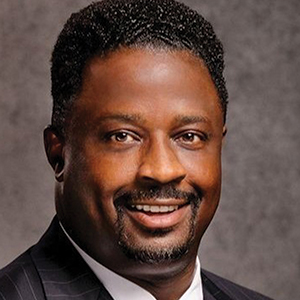Employers’ hiring difficulties this past year are something most have never experienced. To rise above the competition and attract the needed talent, Edward C. Hopson, CBA, managing principal and founder of Hopson Communications and Coaching, says it will take not just a shift in strategy, but of mindset.
“Lots of employers are still thinking the old-fashioned way — I have the job, and they can take it or leave it,” Hopson says. “That’s completely changed because now employees have the leverage.”
To compete, employers need to break out of old habits and take bold steps. They also need to show the market that they are a great place to work.
Smart Business spoke with Hopson about how employers can build a brand that helps them attract top talent in a hyper-competitive job market.
What is employer branding, and how can it help employers stand out?
In the same way companies brand themselves to attract customers, they now need to do the same with job candidates in mind. They need to present their organization in a manner that encourages candidates to work for them, rather than someone else. Employers must ‘sell’ their work environment, advancement opportunities and their inclusiveness because employees have many choices. Wages are also important — pay should be competitive — but many companies are offering increased wages. That’s why it’s become more critical for companies to distinguish themselves through their work environment. Today, businesses need to be more than just consumer-oriented organizations. They also need to be employee oriented.
How do employers promote their brand to job candidates?
One place to start is with the job description that is posted when searching for a candidate. They should be restructured so that they sound less like there’s a job available and more of an opportunity.
Another way an employer brands itself to its employees is through its management. Employees want more understanding and consideration for their personal situations. So, are managers instructed to be understanding, more employee-oriented? Or are they trained to operate on hard-and-fast enforcement of the rules? People don’t quit companies; they quit bosses. To avoid that, some employers might need to retrain management to be more flexible.
Companies also should invest marketing dollars in promoting their employer brand, much like they do their consumer brand. Marketing the brand could also include, where appropriate, the uniforms or dress code for customer-facing employees. Employees who look more fashion-forward, who can show more of their personality through their clothing or are given more leeway to wear their hair how they’d like while on the job, will convey a message to potential candidates that the company embraces individuals while they are working toward the same company goal.
How do employers need to change their mindset when it comes to hiring?
Employers should think of hiring as if they’re building a sports team. Winning requires collaboration and cooperative skill sets. It also means everybody on the team needs to be considered equal. That’s not to say companies should throw their organizational hierarchies out the window. Managers should primarily operate under the mindset that they are just one of many team members, and anyone that’s organizationally below them are equals, each with a different role to play. Treating employees as a team of equal players is likely to increase engagement. One bad player, especially a manager, can cause disruptions. It’s best to build a team of equals who can work together at every level.
In this market, human capital rules the day. People and their skill sets make all the difference in the economy. The COVID situation shows us that people really are No. 1; they always have been, but at some point, that concept was put on the back burner. Now, it’s clear that a company’s people, their human capital, is the business. And if that doesn’t work right, nothing will.
Insights Leadership is brought to you by Hopson Communication & Coaching, LLC

